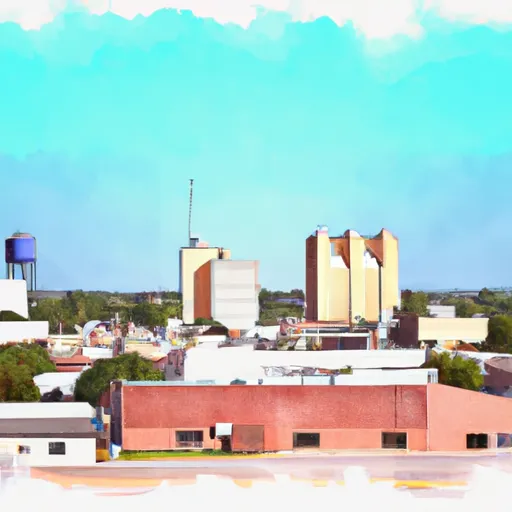°F
°F
mph
Windspeed
%
Humidity











Lodi, Texas is a small town located in the northern part of the state. The climate in Lodi is characterized by hot summers and mild winters. Summers are typically hot and humid, with temperatures often reaching the upper 90s°F (around 35°C), while winters are generally mild with temperatures rarely dropping below freezing. Precipitation is evenly distributed throughout the year, with an average annual rainfall of around 40 inches.
In terms of hydrology, Lodi is located near the Piney Woods region, known for its numerous rivers, creeks, and reservoirs. The nearby Sulphur River is a popular spot for fishing and boating enthusiasts. It offers opportunities to catch various fish species, including bass, crappie, and catfish.
Outdoor recreation opportunities in Lodi are abundant, with its proximity to natural areas and water bodies. In addition to fishing and boating, residents and visitors can explore the numerous hiking and biking trails available in the area. The surrounding countryside also provides opportunities for camping, bird-watching, and wildlife spotting. Overall, Lodi, Texas offers a pleasant climate, diverse hydrology, and a range of outdoor recreational activities for nature enthusiasts to enjoy.
Weather Forecast
Lodi receives approximately 1260mm of rain per year, with humidity levels near 78% and air temperatures averaging around 18°C. Lodi has a plant hardyness factor of 8, meaning plants and agriculture in this region tend to thrive here all year round.
Regional Streamflow Levels
58
Cubic Feet Per Second
293
Cubic Feet Per Second
26
Cubic Feet Per Second
5
Cubic Feet Per Second
Nearby Camping
| Camping Area | Reservations | Toilets | Showers |
|---|---|---|---|
| Bouton Lake | |||
| Martin Dies State Park | |||
| Sandy Creek | |||
| Magnolia Ridge - Town Bluff Reservoir | |||
| Campers Cove - Town Bluff Reservoir | |||
| Sandy Creek - Town Bluff Reservoir |



